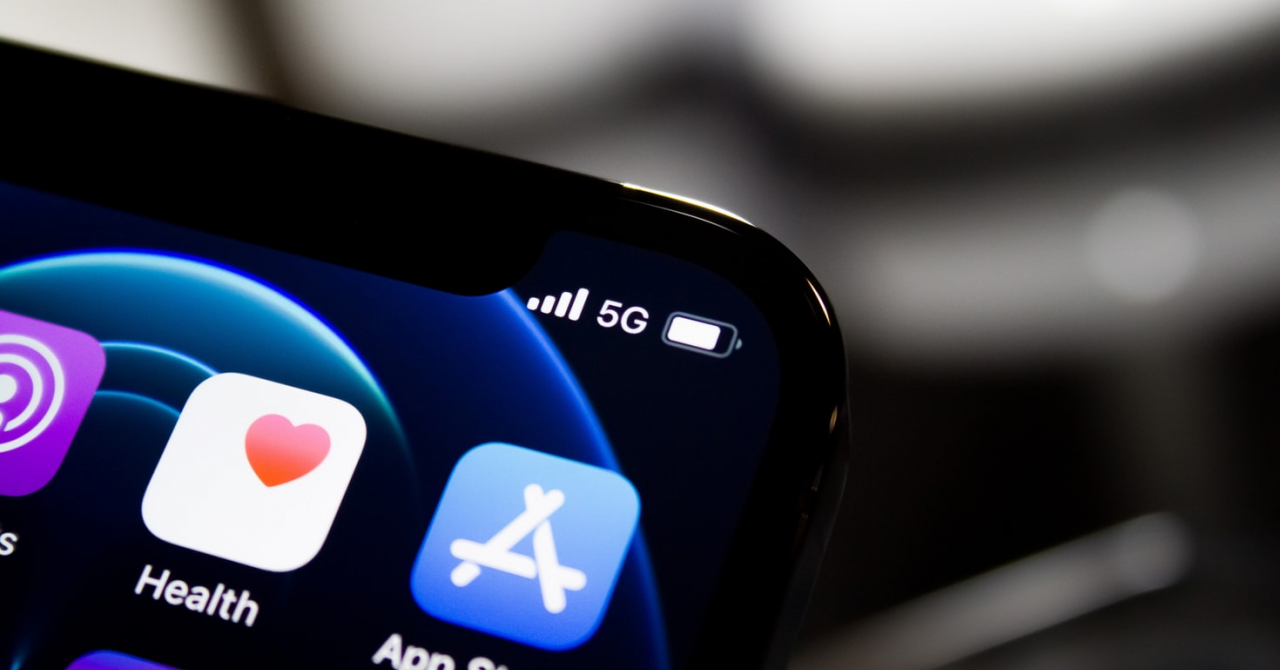As a matter of fact, as of September 2021, the market share of internet access happens 54.61% via mobile devices, 42.87% via desktop and only 2.52% via tablet and is becoming an increasingly attractive market, especially for startups.
According to recent research, for Android users there are around 3.48 million apps whilst for iOS users nearly 2.22 million apps, and if listing an app and reserving a name is relatively easier on Google Play, which might also explain the higher number of app available, listing your mobile app on Apple App Store, the process is a tad more difficult.
If you are an app developer or entrepreneur and you have just finished working on your app and you are up and ready to launch it, firstly make sure your app`s intellectual property (IP) is protected.
This means that you can (1) copyright the source code, design, content and all artistic or written work and even (2) patent particular methods or processes or products used in the app development process, if they meet the novelty, inventive step, and industrial applicability criteria. Lastly, you should (3) trademark your app`s name, logo and slogan.
Reserving a name on Apple App Store
Here are some tips on what to keep an eye on in the process, before reserving a name for your app and preparing the actual listing.
So, if you can have more than one Android app bearing the same or similar name on Google Play, iOS app stores do not allow for that, so you need to reserve way in advance your app`s name on the Apple App Store, as Apple has very strict guidelines about app name plagiarism and cloning.
Basically, reserving a name on the App Store means that anyone else intending to publish an app with the same name as yours, will be stopped.
The name reservation process is free, and it can be completed on the App Store Connect by setting up a developer account under your company`s name, including your personal contact information (name, phone, email address). Prior to registering your account, enroll in the Apple Developer Program and reserve an app name.
Note that when choosing a name, it must be of up to 50 characters, and if you intend to launch your app on the Android compatible platforms, it would be advisable to limit your name to up to 30 characters. The name should be easy to spell, intuitive, easy to remember, unique and not used by another app and if it is already used, try to choose a derivative name or even a new one.
In addition to that, you also have to reserve a domain name for your app and link it to your other social media pages. Next, choose the app category relevant for the type of app you have developed and after you enroll, your application will be reviewed and you will be contacted by Apple, allowing you access to the platform in a couple of days.
Trademark your app`s name
Competition is fierce on the mobile app market and to ensure the protection of your app`s name and logo through trademark law. This will allow you to take legal action against any other apps that might try to copy your work and it can prevent possible competitors from confusing your target audience or dilute the value of your brand by either using your name or your logo.
When you apply for a trademark, you should also consider having an IP strategy and registering your trademark in the countries in which you want to protect your app and choosing appropriately from the 45 NICE classes. Generally, a trademark application will have 2 to 3 classes depending on your overall business strategy. So, if you are an app developer and you operate in the e-healthcare area, you might consider class 9 (related to computer programs), class 44 (related to medical services) and other classes depending on the traits of the business.
Thus, in the event of a dispute, you can escalate the complaint to the App Store Legal Team and even take further legal actions on the basis of likelihood of trademark confusion. In this situation, you will have to demonstrate that the third party infringed on your trademark by proving copyright ownership and providing the trademark documentation that could support the case showing that your idea came prior to the infringer`s.
Conclusion
Launching a mobile app has never been easier than now, especially with the growing demand on the market, however, whether you are the developer or the entrepreneur behind the app, you should know that launching an app on the App Store means more than just having an app working, it also implies finding a name original enough so that your app could have traffic on the platforms (basically a SEO friendly name) and to avoid a possible trademark infringement.
 Paul Cosmovici
Paul Cosmovici

















